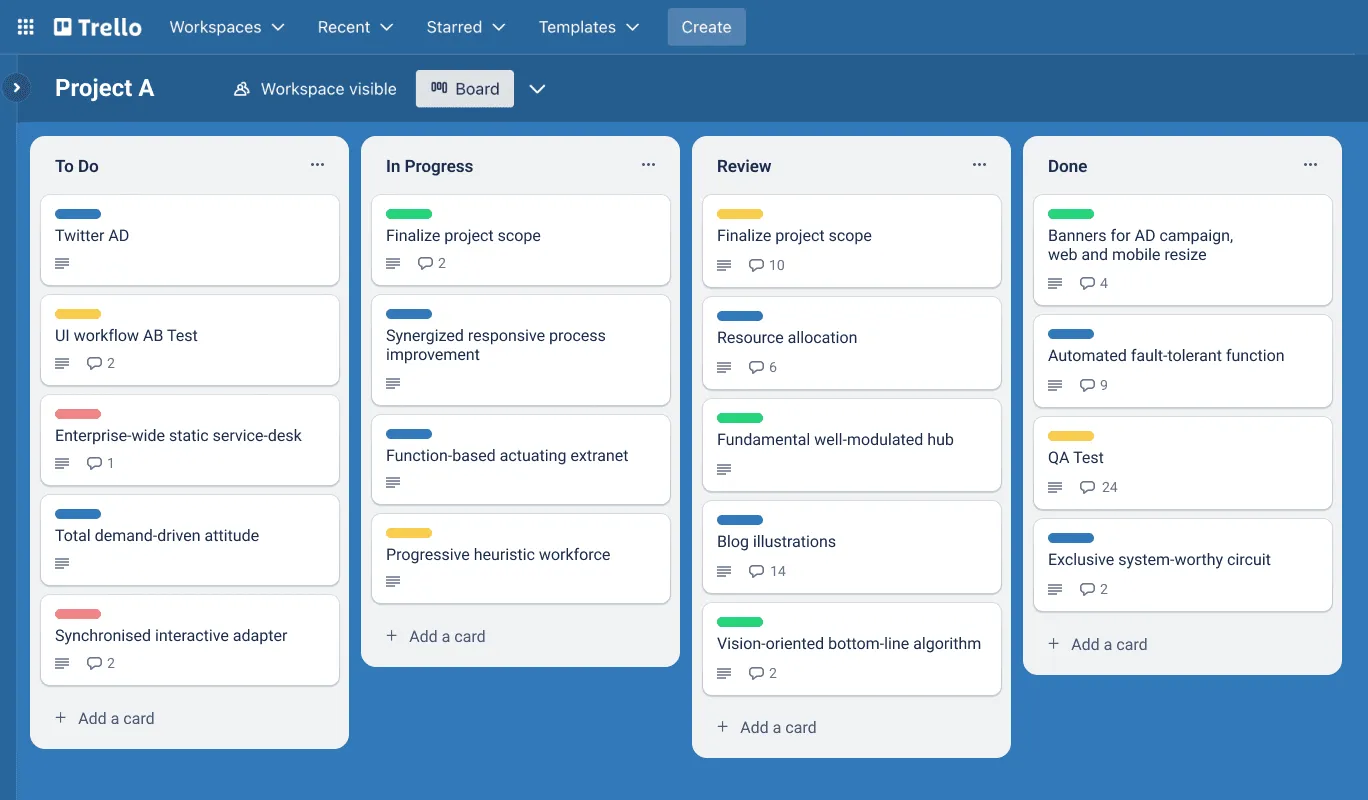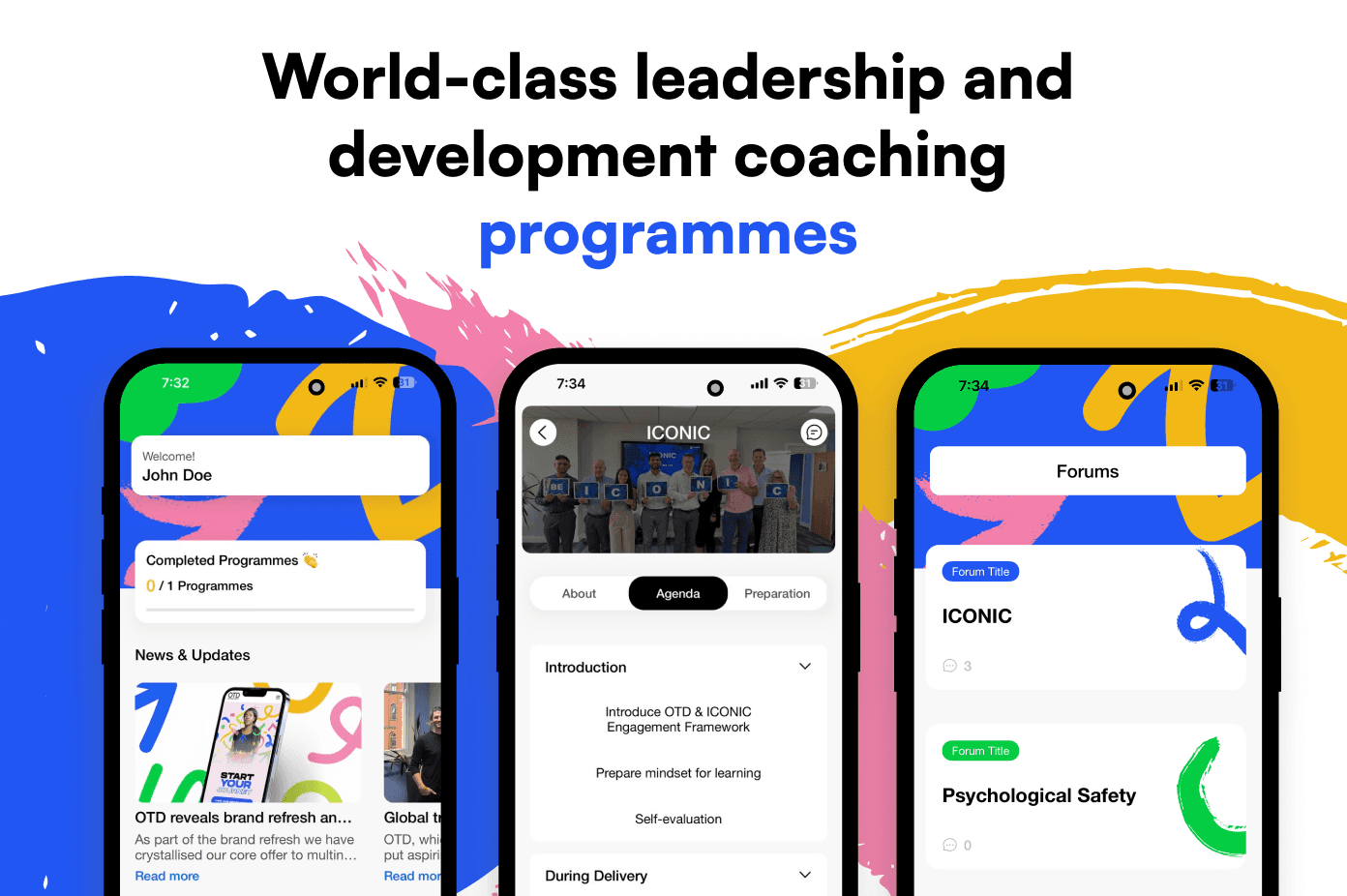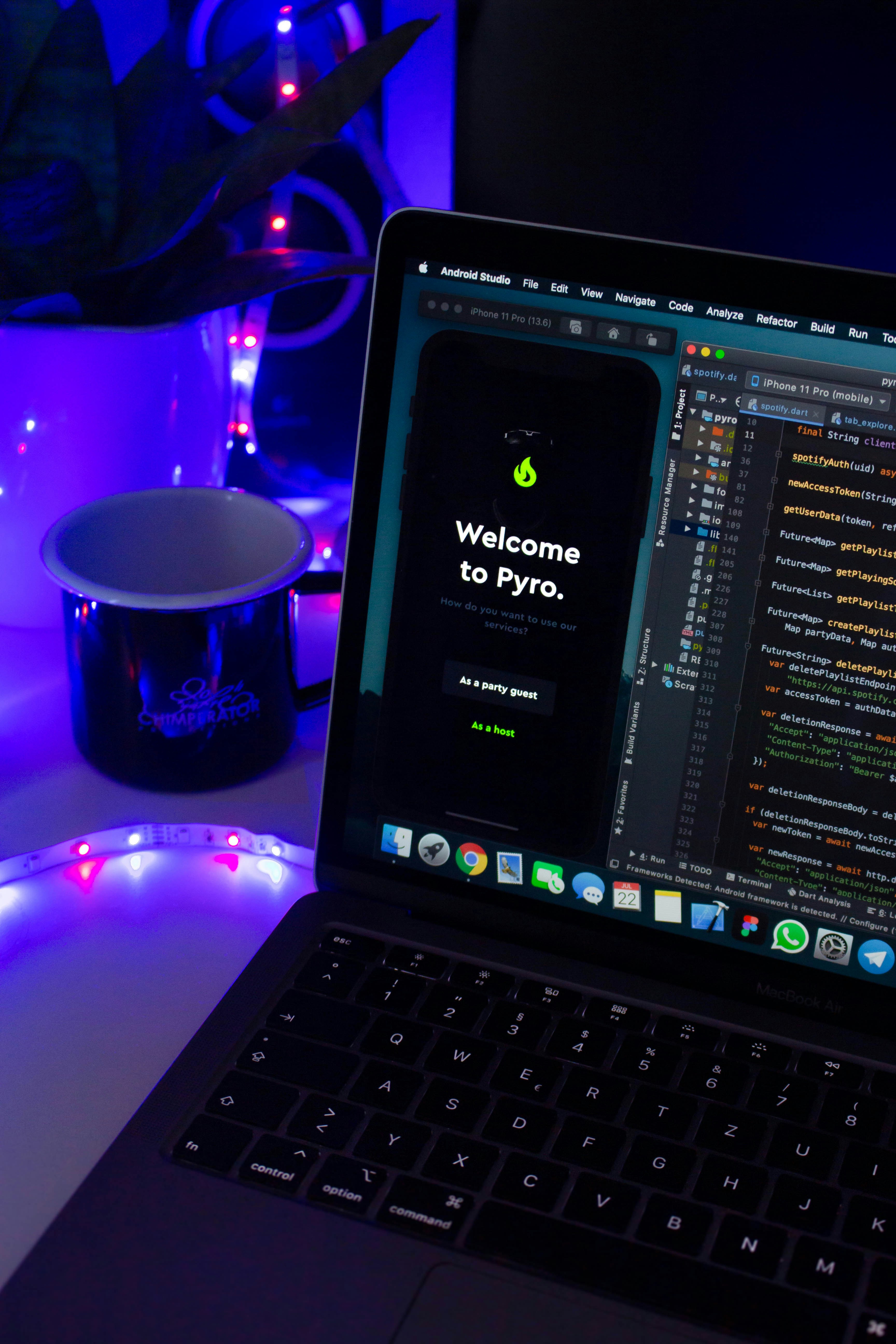10 Steps to Successful Software Project Delivery
Jun 24, 2024
Successfully delivering software projects demands meticulous planning, clear communication, and effective execution. Here, we outline 10 essential steps for successful project delivery.
Delivering a successful software project is a multifaceted endeavour that requires meticulous planning, clear communication, and effective execution. Whether you're developing or in search of app development services, adhering to a structured approach can significantly enhance project outcomes. In this article, we'll outline 10 essential steps that encompass best practices for achieving successful software project delivery.
Define Clear Project Goals and Scope
Before diving into development, it's crucial to define clear project goals and scope. Begin by understanding what you want your app to achieve. Document its features, functionalities, and any specific technical or design preferences. This clarity ensures everyone is aligned from the start. While this step may seem obvious, this step is frequently missed in the haste of launching a product or service quickly.
Create a Detailed Project Plan
A comprehensive project plan serves as a roadmap for the entire development lifecycle. Break down tasks into manageable milestones, allocate resources effectively, and establish timelines for each phase of the project. Use project management tools like Jira, Asana, or Trello to track progress and ensure alignment with the project plan.
Select the Right Development Methodology
Choosing the appropriate development methodology is crucial for project success. Agile methodologies like Scrum or Kanban are popular choices for software development due to their iterative approach, flexibility, and ability to adapt to changing requirements. Waterfall may be suitable for projects with fixed requirements and well-defined phases.

Credit: Office Timeline
Assemble a Competent Project Team
The success of a software project relies heavily on the expertise and teamwork of the project team. It's crucial to assemble a team with diverse skills tailored to the specific requirements of the project, whether it involves web or app development. Clearly define roles and responsibilities, and cultivate a collaborative environment that encourages innovation and effective problem-solving.
If you're seeking a skilled team to assist with your app development needs, get in touch with us to discuss how we can help. Explore our portfolio to see examples of our previous work.
Effective Communication and Collaboration
Communication is the cornerstone of successful project delivery. Utilise project management tools for transparent collaboration, document sharing, and real-time updates on project progress.
Implement Robust Quality Assurance
Quality assurance (QA) is crucial for creating software that works well. It involves setting up strict testing processes during development to find and fix problems like bugs and performance issues.
This includes doing unit tests, which check individual parts of the software, integration tests to see how different parts work together, and user acceptance testing (UAT) to make sure the software meets what the client wants. These steps ensure the final product is reliable and performs as expected.
Our prioritisation of quality assurance testing has led to a number of successful deliveries, resulting in improved business performance and overall client satisfaction. For example, our work with Our Training Department which led to the creation of a unique, bespoke and visually stunning app for the business coaches and learners. This streamlined processes and has helped unscrew bottlenecks.

Adhere to Coding Standards and Best Practices
Having consistent rules for writing code and following best practices are important for keeping code in good shape and making it easier to understand and expand. Use widely accepted coding guidelines, use tools like Git to keep track of changes to your code, and regularly have other developers check your code to make sure it's working well and everyone can work together smoothly. These steps help maintain code quality and make collaboration among developers easier.
Ensure Scalability and Future-proofing
Anticipate future growth and scalability requirements for your app. Design architecture and infrastructure that can accommodate future updates, new features, and increased user traffic without compromising performance. Incorporate modular design principles and consider cloud-based solutions for scalability and flexibility.
Deploy and Monitor Performance
Deploy your app in a controlled environment after thorough testing. Monitor performance metrics like load times and error rates using tools like New Relic to optimise user experience continuously.
Ongoing Support and Maintenance
Software project delivery doesn't end with deployment. Ongoing support and maintenance are required to address post-launch issues, update software components, and handle user feedback. If you require these services for your app or web app, our team of experts are happy to assist - schedule a call with us today.
Following these steps ensures a streamlined development process, reduces risks, and delivers an exceptional app that meets your goals. Whether you're embarking on your first app development journey or looking to enhance your existing software, a structured approach paves the way for success.
Need support in bringing your app idea to life, or want to streamline existing operations via software? Our skilled, youthful team are experts in their craft, get in touch with us today to bring your ideas to reality.

